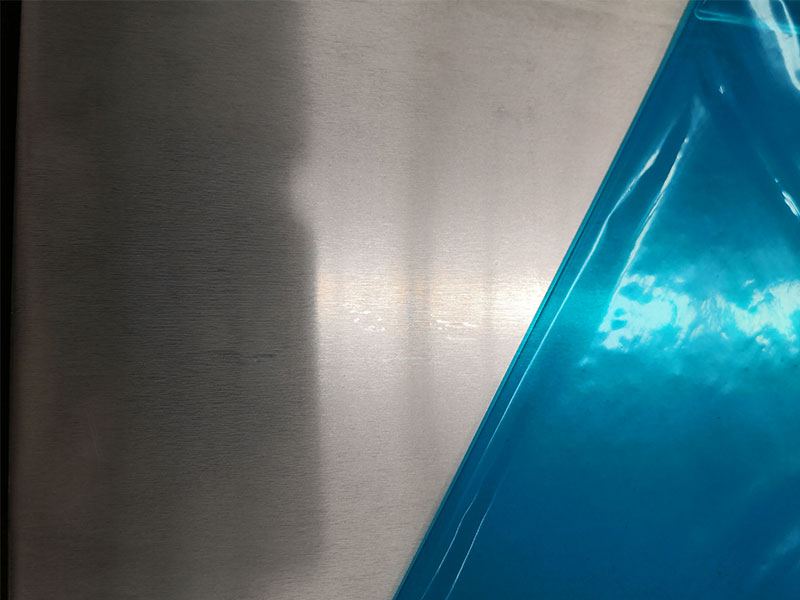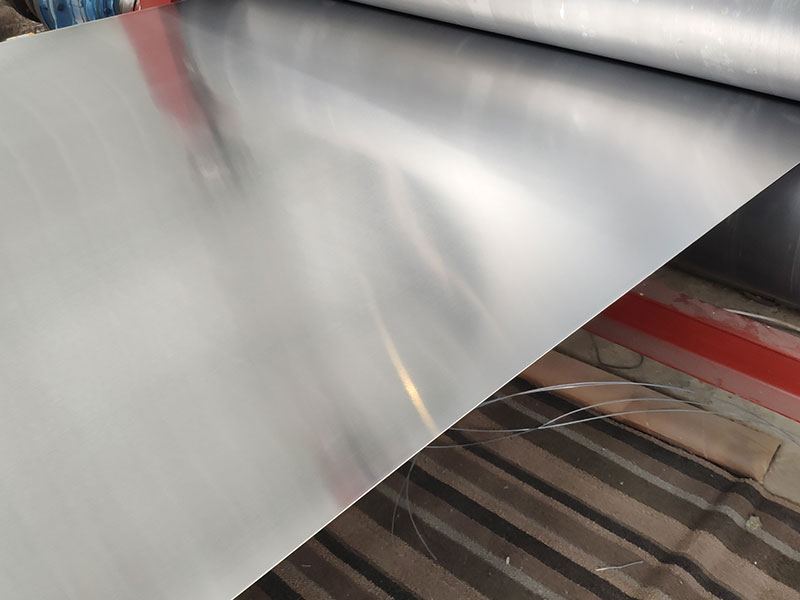Aluminum Sheets 1050 1060 1100 1200
Introduction
Aluminum is celebrated for its remarkable versatility—the capacity to mold itself to an artist's whims or stand resiliently against the rigors of industrial applications. But when venturing into aluminum sheets, particularly 1050, 1060, 1100, and 1200 alloys, each possesses distinct characteristics that effectively suit a variety of uses.
Working with 1050, 1060, 1100, and 1200 series aluminum sheets daily, I've noticed subtle but significant differences that affect their processing and final applications. The 1050, being nearly pure aluminum, is incredibly soft and ductile – a dream to work with for deep drawing or spinning operations. However, its softness translates to a higher susceptibility to scratching and denting, demanding careful handling throughout the production line. The slightly higher strength of the 1060 series allows for slightly more robust applications, though it still holds a similar level of formability. We find ourselves using 1050 more for decorative or highly-formed components while 1060 finds its niche in slightly more demanding applications requiring slightly more strength.
The 1100 and 1200 series represent a step-up in strength, though at the cost of some formability. We see significantly less scratching and denting on the finished product from these series, which is a big advantage for products requiring a clean surface finish. The 1100, with its superior corrosion resistance, is frequently selected for chemical processing equipment or outdoor applications requiring exceptional durability. The 1200, while offering a balance between strength and formability, is often chosen for components needing a bit more structural integrity. these subtle variations, and their impact on downstream processes like
Diving into the Alloys: Explaining Classification
Aluminum alloys are primarily classified based on their major elemental composition. The 1000 series—comprising 1050, 1060, 1100, and 1200—offers high corrosion resistance, high ductility, and exceptional thermal and electrical conductivity. their standout features allows industries to tailor usage for optimal productivity and specific needs.
1. Aluminum 1050: The Fundamental Choice
Characteristics: Aluminum 1050 alloy boasts a 99.5% minimum aluminum content, classified under the 1XXX series. Its thermal and electrical conductance is among the best of all alloys, making it ideal for electrical applications.
Applications:
- Electrical conductors: Its excellent conductance makes it perfect for transformer windings and power cables.
- Chemical handling sectors: As it resists organic acids and an array of inorganic chemicals, processing plants benefit greatly from utilizing this alloy for components that contact aggressive substances.
2. Aluminum 1060: The Hardworking Option
Characteristics: While aluminum 1060 offers nearly the same favorable electric conductivity as 1050, its only variation lies in its slight increase in silicon content, enhancing its plasticity and bar rivets functionality.
Applications:
- Food packaging and processing: This alloy is frequently employed in food service applications due to its flavor-inertness properties, making it perfect for aluminum frying pans and food packaging trays.
- Instrumentation: Precision instruments requiring rigorous calibrations find aluminum 1060 an advantageous option, offering both reliability and aesthetic looks.
3. Aluminum 1100: The Robust Favorite
Characteristics: Aluminum 1100 has been reimagined to blend workability and strength. Composed of 99.0% aluminum, this alloy surfaces minor quantities of copper for enhanced ductility, resulting in excellent manufacturing systems.
Applications:
- Aerospace components: Allying lightweight endurance with strength, it magnificently serves parts in aerospace and aviation milling parts for increased performance without a weight penalty.
- Heat exchangers and automotive: Finding a niche in an even broader realm of thermal conversations, aluminum 1100 aids construction well due to proficient thermal conductivity—factors in heat exchangers and coolant systems.
4. Aluminum 1200: The Ingenious Standard
Characteristics: Aluminum 1200 aligns with the traditional ingredient profile of 99.0% aluminum, similarly aimed at ductility. It excells specially whilst providing thin sheets—essential in product designs requiring a minimalist touch.
Applications:
- Architectural features: Charming exterior façade build-outs reach coordination levels with the corrosion resistance tactics of alloy 1200, manifesting through decorations avoiding sacrificial surface treatments.
- Artistic uses: Due to its aesthetic properties, aluminum 1200 freshly enhances artistic expressions and decorative motions in metallic work.
Competitive Cases: Why Choose?
Opting for one of these alloys over others is rarely reducible to price alone. It firmly connects to the desired application traits:
- Electrically Astute: For electric systems contracting loss-inducive heat, 1050 and 1060 stand ground strongly.
- Structural Toughness: Engineering liveliness probes back to aluminum 1100 curing options that favor realistic usage like crucial ligaments in alloy structures.
- Eric Integration through aesthetic craftsmanship guides artworks surely folded inside alloy attributes itself liberates on 1200.
https://www.aluminumplate.net/a/aluminum-sheets-1050-1060-1100-1200.html







